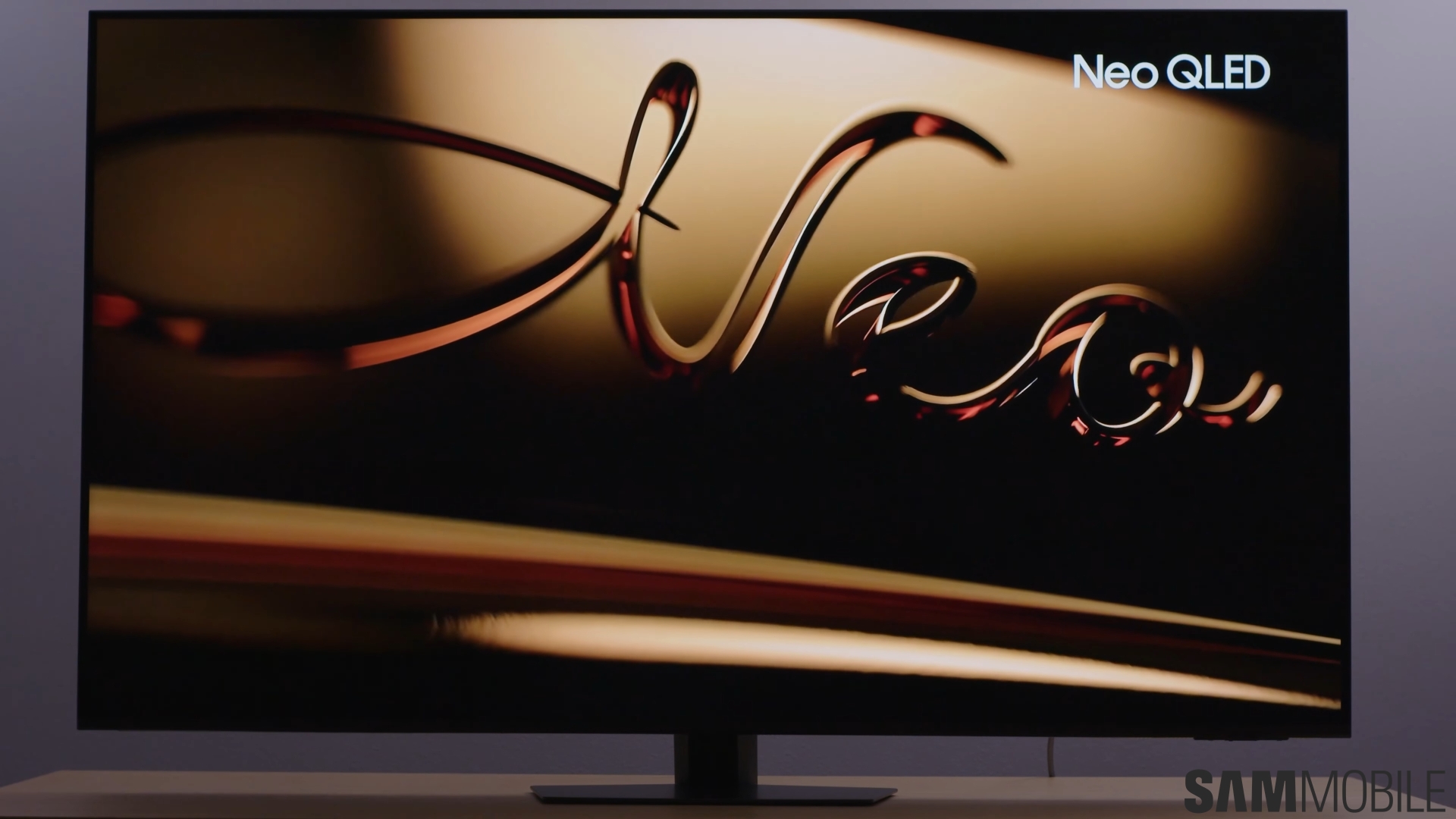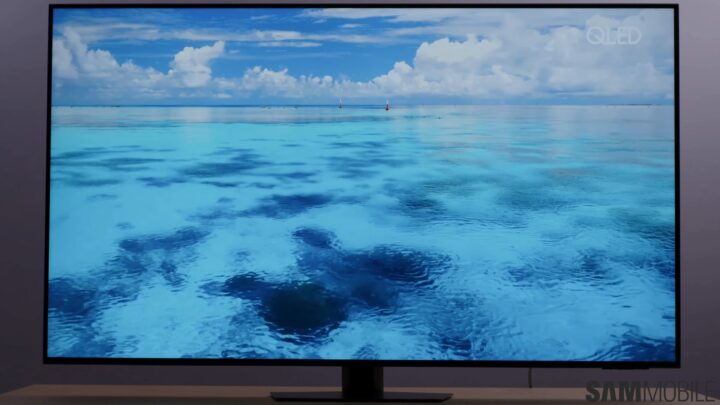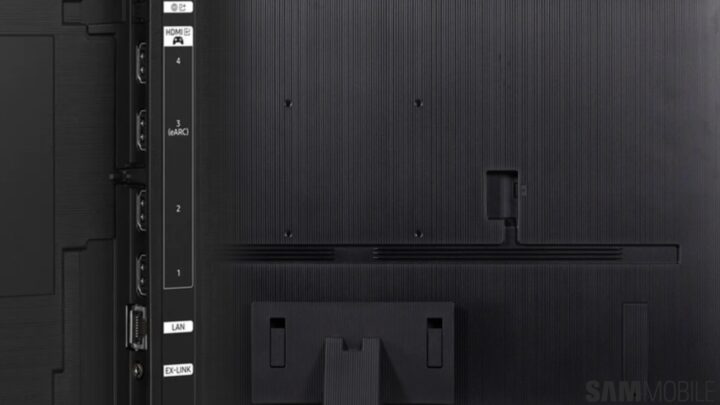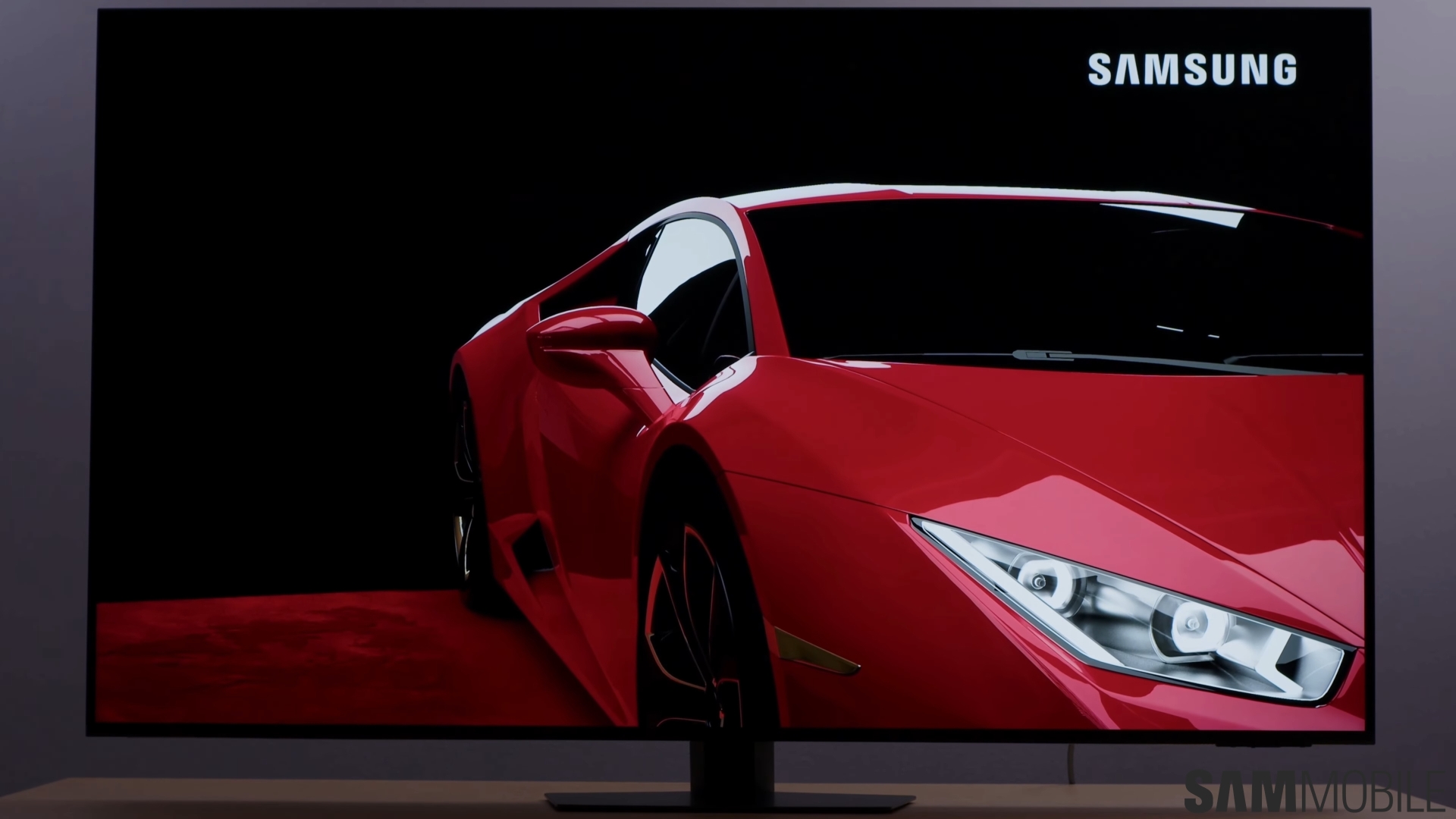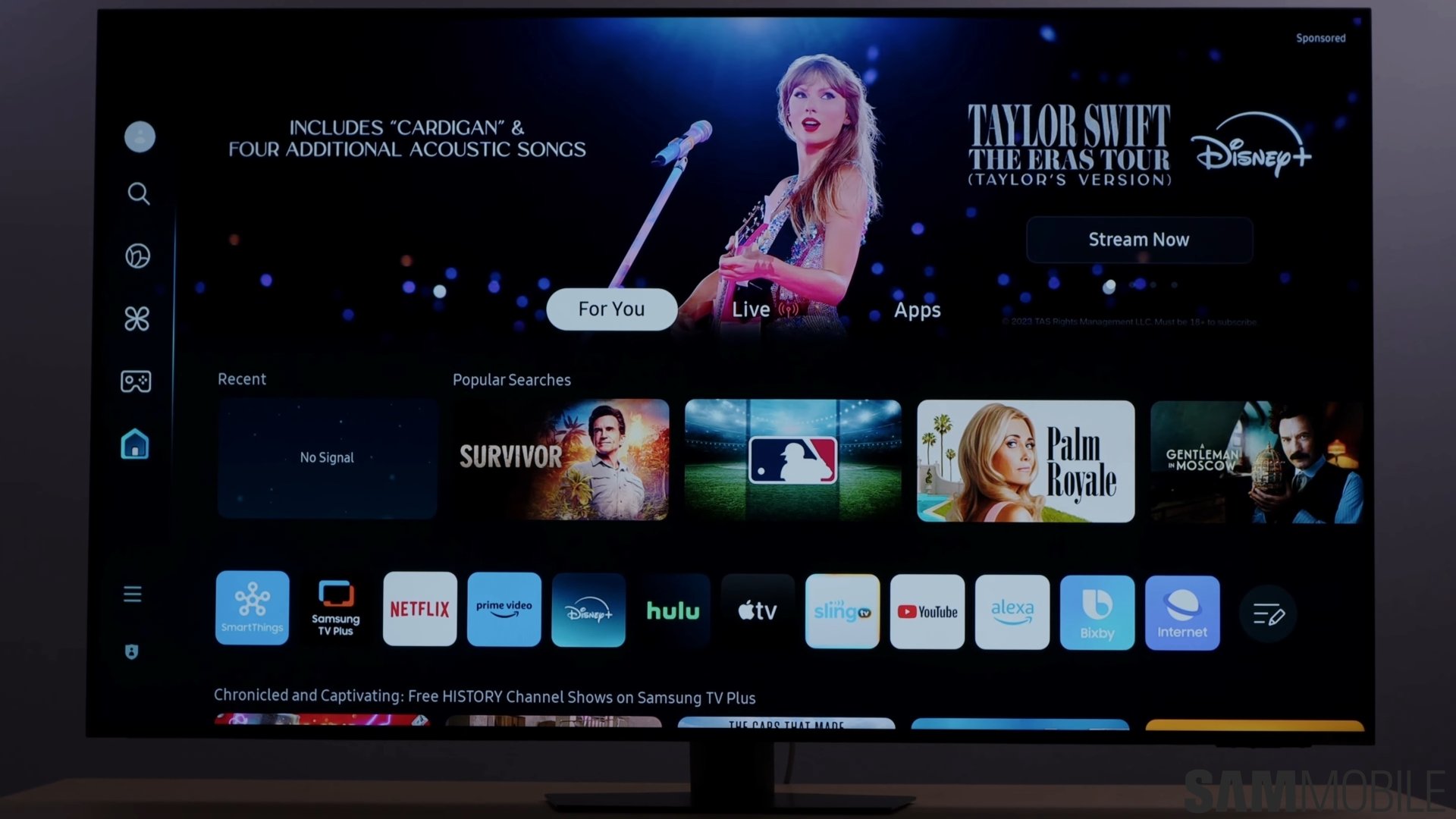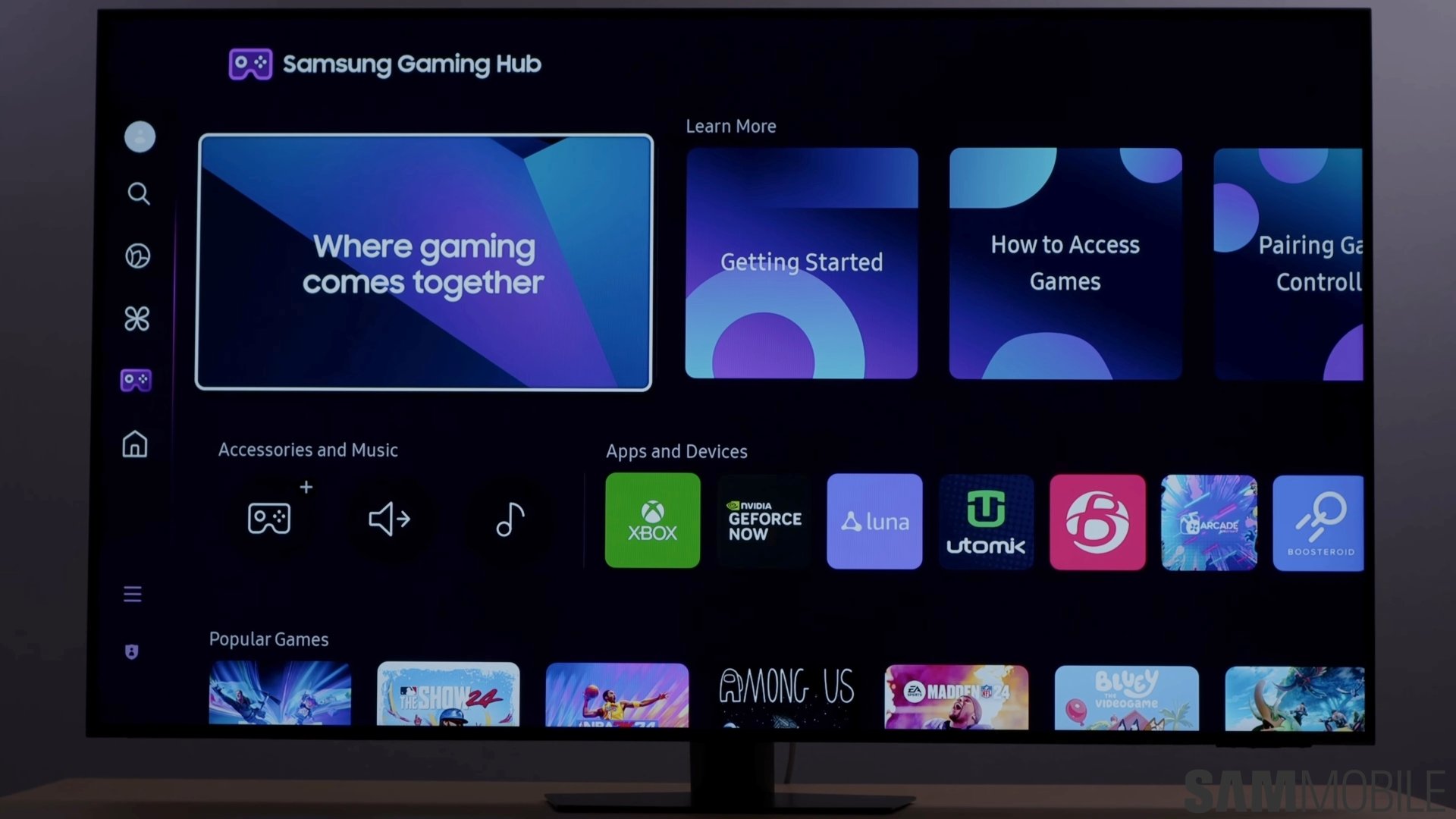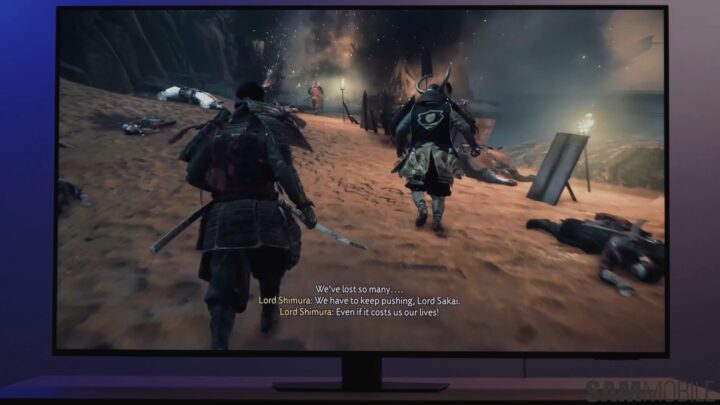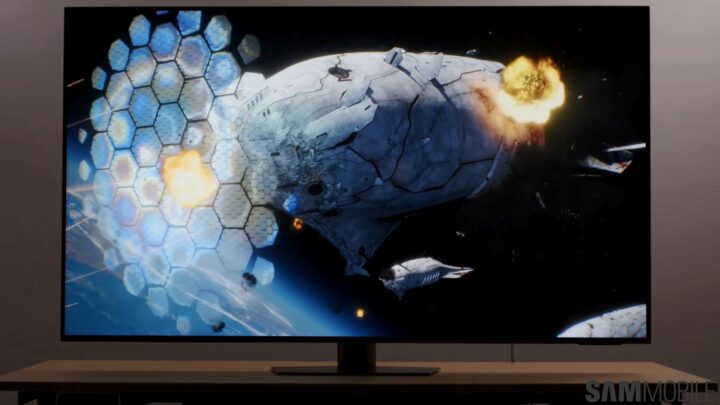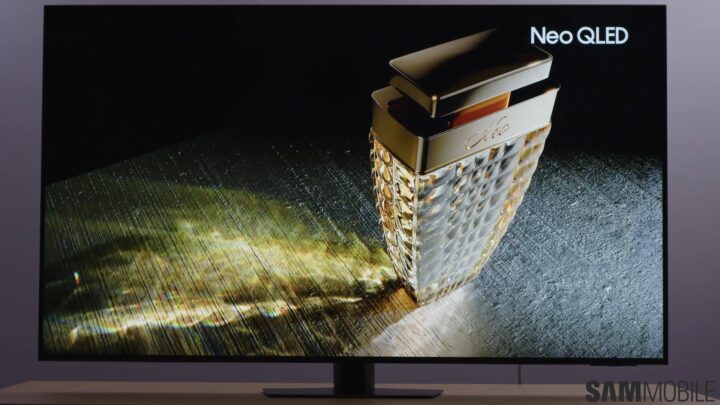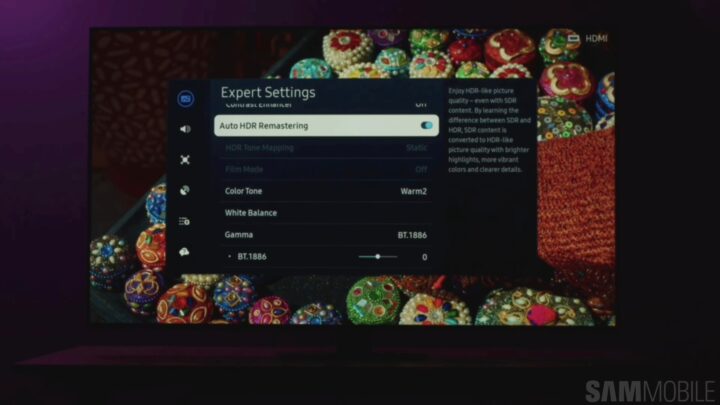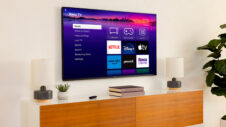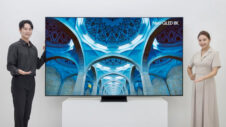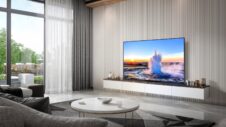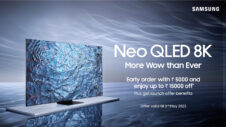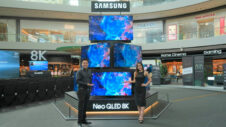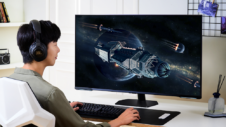If you're looking to buy your first mini-LED TV, chances are the Samsung QN85D Neo QLED will be at the top of your list. It's undoubtedly a great option for those who are making their first entry into the world of mini-LED.
This is a solid, mid-range TV that does what it's supposed to very well, despite some of its shortcomings. Does that make it deserving of your dollars? That's what this Samsung QN85D TV review will answer.
Samsung QN85D: SamMobile Video Review
Setting Up Your New TV
You can have the Samsung QN85D up and running within a few minutes after taking it out of the box. The nice metal pedestal stand snaps securely to the TV, providing you with the confidence that the QN85D will have solid footing on the table top. There's enough room to accommodate a soundbar which is great, since we'd recommend always pairing your Samsung TV with a Samsung soundbar to get that Q-Symphony experience.
Design
You'd expect a modern TV to be slim and that's precisely what your first impression of the QN85D will be. Yet, despite its slim disposition, there's a reassuring weight to the TV that makes it feel well built. The bezels around the display are super slim so they're never in the way and your content always gets its moment to shine.
Samsung offers this TV in the 55, 65, 75, and 85-inch sizes, with the design remaining constant across the entire lineup. It's evident that thoughtful consideration has gone into designing the TV so that it doesn't seem too distracting or warrant any unnecessary attention. TVs are supposed to blend in with their environment so that viewers can have an immersive experience. The QN85D does that wonderfully.
Picture quality
You're probably looking at this TV to experience the many benefits of mini-LED panels, and with the Samsung QN85D likely being your first entry into the world of mini-LED, the picture quality is definitely what should inform your purchase decision. Let's tick off some of the benefits: You'll notice better contrast courtesy of more dimming zones and a very bright picture, with this particular model being brighter than its predecessor.
The Samsung QN85D gets very bright, hitting around 1,000 nits of brightness, which is impressive. We also find the colors to be pretty on point straight out of the box, but there are some levers you can tinker with. If you prefer a bit more saturation and pop, opt for High in the Color Booster setting that Samsung has added this year.
Its contrast ratio is pretty good too, and once local dimming is set to high, it becomes really impressive with rich, deep blacks with little to no blooming so they don't appear as gray, even when the screen displays bright highlights.
The viewing angles are good enough, until they're not. This is a downside of the panel technology being used here and there doesn't seem to be a viewing angle filter to alleviate the loss of color and contrast. You won't find backlight blooming to be much of a problem when looking at the TV straight on but it's noticeable off-angle.
The color gamut is excellent which makes HDR content appear vivid with excellent color reproduction, even if they feel slightly undersaturated in some scenes. Rather unsurprisingly, the QN85D supports the HDR10+ format and not Dolby Vision, which is a recurring theme on all of Samsung's TVs, even its most expensive ones.
Software
Tizen has been refreshed for Samsung's 2024 TV lineup. It's a lot less cluttered now and doesn't flood the home screen with recommendations like it did in the past. All major streaming apps are easily accessible along with support for voice control through Bixby or Amazon's Alexa, with your voice commands being picked up by the integrated microphones on both the TV and remote.
One of the most valuable software features on Samsung TVs is the Gaming Hub, which allows for console-free game streaming from the likes of Xbox and GeForce Now. Samsung has made specific arrangements here to support both console-free and console gaming, including HDMI 2.1 ports that support 4K 120Hz VRR (variable refresh rate) and AMD FreeSync Premium Pro. We didn't notice any significant issues with ghosting present on other TVs in this price range even during intense gaming sessions.
Performance and AI
Samsung's 2024 NQ4 AI Gen2 processor powers the image processing capabilities of this TV. It's pertinent to note that this is the same chipset that you get with some of Samsung's more premium models, including its top-of-the-line S95D. So you're getting the full power of Samsung's TV chip even on a more attainable model. This chipset powers many new smart features, including AI Sound and Real Depth Enhancer Pro.
We found its upscaling performance to be pretty good overall, making even old shows look good with great color gradients. Even when it bumps up low-resolution content, the sharpness processing is noticeably good. The company has added a new setting called Auto HDR Remastering which makes SDR images appear more HDR, and it's a great option for those who want extra pop from the colors on legacy content.
Verdict
Mini-LED TVs are a dime a dozen. Samsung is far from the only company making them, but there are some clear advantages of opting for the QN85D compared to any of the rivals. It's unmistakably more premium in its design, build quality, fit and finish.
The software experience is leagues ahead in most cases and for those who own Samsung smartphones and tablets, the ecosystem benefits to be unlocked are another reason to buy the QN85D.
How does it stand on its own merits, though, as a $1,399 TV? There are areas where it's obviously much better than the competition, including color reproduction, brightness, contrast ratio, and AI-powered upscaling. There are few, if any, among the competition that check all of these boxes.
Yes, the QN85D does have its shortcomings, such as the viewing angles and the lack of Dolby Vision support, but dollar for dollar it still remains the best, if not the only, choice for a mini-LED TV in this price range.

